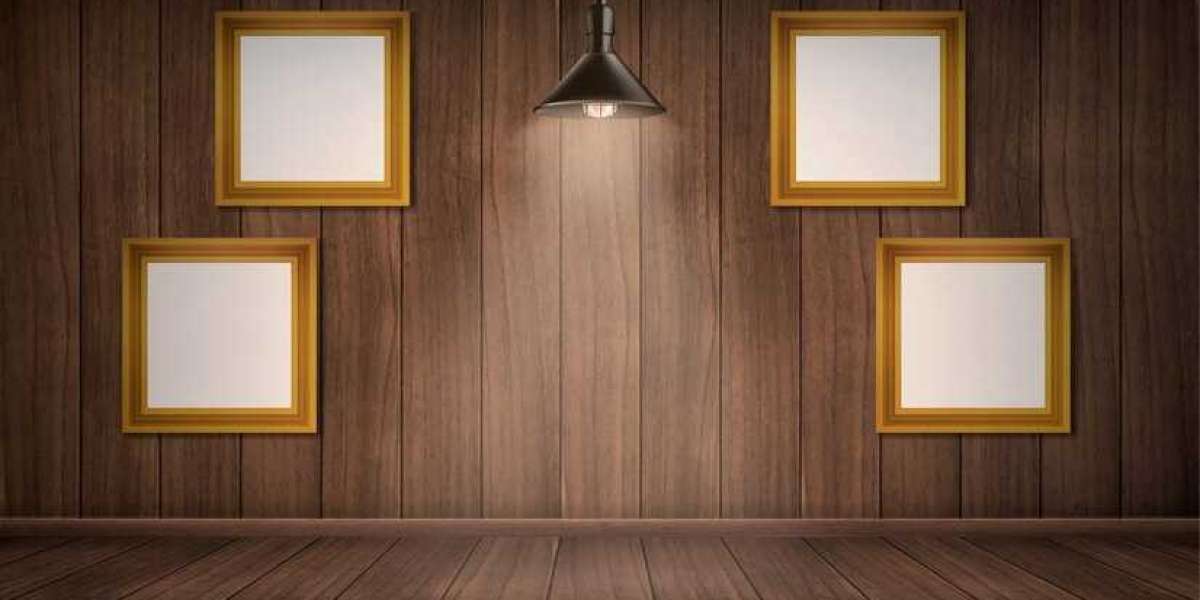Lamp shade frames play a crucial role in determining the functionality and appearance of your lighting fixtures. Whether you’re updating a classic chandelier or crafting a custom lamp, understanding different lamp shade frames is essential for achieving the desired look and performance.
What Are Lamp Shade Frames?
Lamp shade frames are the structural support that gives shape to a lampshade. They are typically made from metal or plastic and provide the necessary structure to hold the shade material in place. The frame's design can impact not only the aesthetic of the lampshade but also how well it diffuses light and fits onto your lamp.
Key Components of Lamp Shade Frames
- Top Ring: The ring that attaches to the lamp's socket or harp, providing support for the shade.
- Bottom Ring: The base ring that holds the bottom of the shade and helps maintain its shape.
- Spokes: The rods or supports that connect the top and bottom rings, giving the shade its structure and form.
- Fitter: The mechanism that allows the shade to attach securely to the lamp, which can vary in design depending on the type of lamp and shade.
Chandelier Shades: Adding Elegance with the Right Frame
Chandeliers often require specialized lampshade frames due to their unique design and size. Choosing the right frame is essential for ensuring that your chandelier shades fit perfectly and contribute to the overall elegance of the fixture.
Types of Chandelier Shades Frames
- Clip-On Frames: These frames are designed to attach directly to the light bulb, making them ideal for smaller chandeliers. They are easy to install and remove, allowing for quick updates or changes.
- Spider Frames: Commonly used in larger chandeliers, spider frames attach to a central harp or socket. They provide sturdy support for larger shades and are available in various sizes to accommodate different chandelier designs.
- Euro Style Frames: These frames feature a more modern design and are often used with contemporary chandeliers. They offer a sleek, minimalist look that complements modern decor.
Small Lampshade Frames: Perfect for Compact Lighting
Small lampshade frames are designed specifically for smaller lamps or fixtures. They provide the necessary support while maintaining a proportionate size that complements compact lighting sources.
Benefits of Small Lampshade Frames
- Proportional Design: Small frames ensure that the lampshade fits well with smaller lamp bases, providing a balanced look without overwhelming the fixture.
- Versatility: These frames are available in a range of styles and materials, allowing you to customize your small lamp to match various decor themes.
- Ease of Use: Small frames are often easier to handle and install compared to larger frames, making them a practical choice for DIY projects or quick updates.
Choosing the Right Lamp Shade Frame: Considerations and Tips
Selecting the right lamp shade frame involves considering several factors to ensure a proper fit and desired aesthetic. Here are some tips to help you make an informed choice:
1. Size and Shape
The size and shape of the frame should correspond to the dimensions of your lamp base and the shade material. For a well-proportioned look, the frame should be slightly larger than the shade material to ensure a snug fit.
2. Material and Durability
Frames come in various materials, including metal and plastic. Metal frames are often more durable and provide a classic look, while plastic frames can be lightweight and cost-effective. Choose a material that aligns with your decor style and offers the necessary durability for your lamp.
3. Compatibility
Ensure that the frame is compatible with your lamp's fitting mechanism. For instance, if your lamp uses a harp, a spider frame will be suitable, whereas clip-on frames are ideal for lamps with exposed bulbs.
4. Style and Design
Consider the overall style of your room and lamp when selecting a frame. For traditional decor, ornate metal frames might be appropriate, while modern interiors may benefit from sleek, minimalist designs. The frame should enhance the lamp’s appearance without detracting from the room’s aesthetic.
5. Light Diffusion
Different frames impact how light is diffused through the shade. Frames with more spokes or structural elements can create a more intricate light pattern, while simpler frames offer a more uniform light distribution. Choose a frame based on the lighting effect you wish to achieve.
Customizing Lamp Shade Frames: A Personal Touch
If you can’t find a frame that meets your exact needs, consider customizing your own. Custom frames allow you to choose specific dimensions, materials, and designs that fit perfectly with your lamp and decor. Many companies, such as Fenchel Shades, offer customizable options to help you achieve the perfect look for your lighting fixtures.
Maintenance and Care
To ensure the longevity of your lamp shade frames, regular maintenance is essential. Dust the frames periodically to prevent buildup and check for any signs of wear or damage. For metal frames, occasional polishing can help maintain their shine, while plastic frames may require gentle cleaning to avoid scratches.
Conclusion
Lamp shade frames are more than just structural supports; they play a crucial role in defining the look and functionality of your lighting fixtures. Whether you’re updating a chandelier with elegant chandelier shades or fitting small lamps with compact frames, understanding the different types of frames and their applications can help you make the best choice for your needs.
By considering factors like size, material, and design, you can select the perfect frame to complement your decor and enhance your lighting. If you’re looking for a range of high-quality options, Fenchel Shades provides a variety of frames to suit different styles and preferences, helping you achieve the ideal lighting setup for your home.






